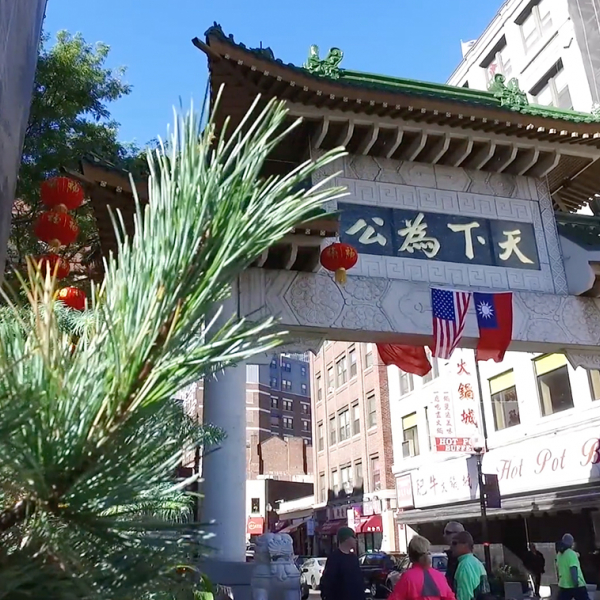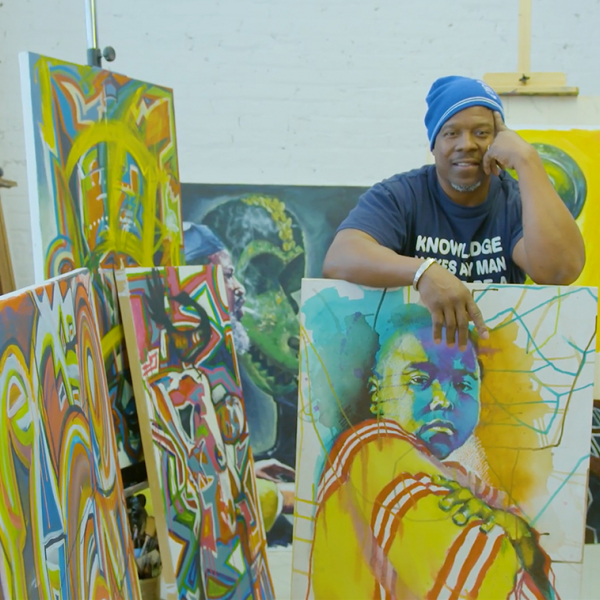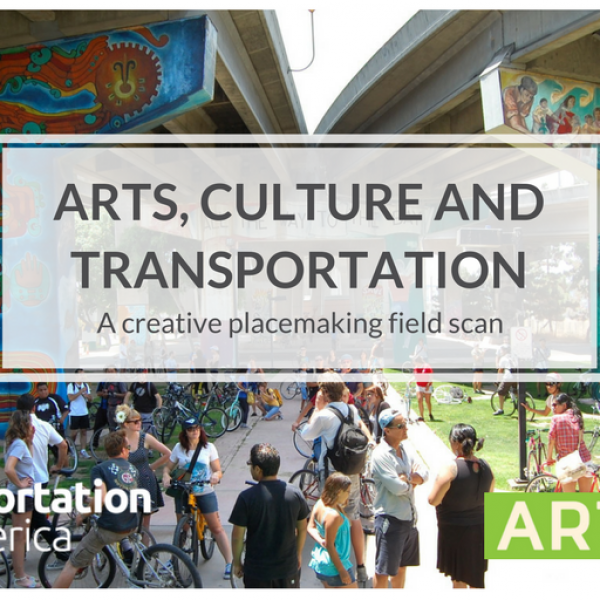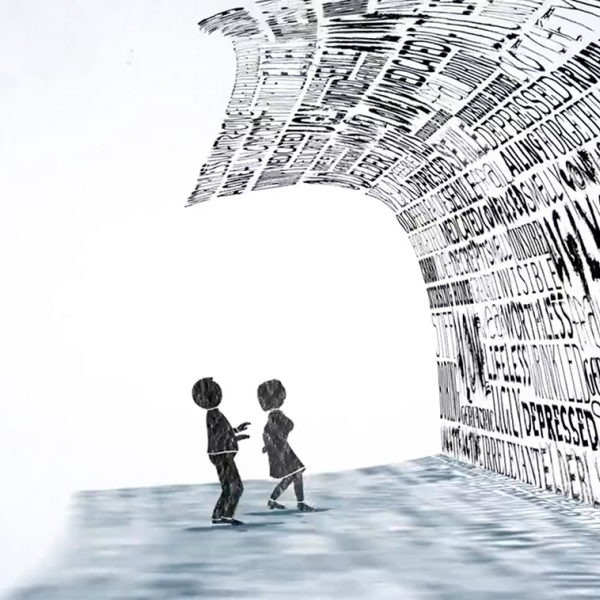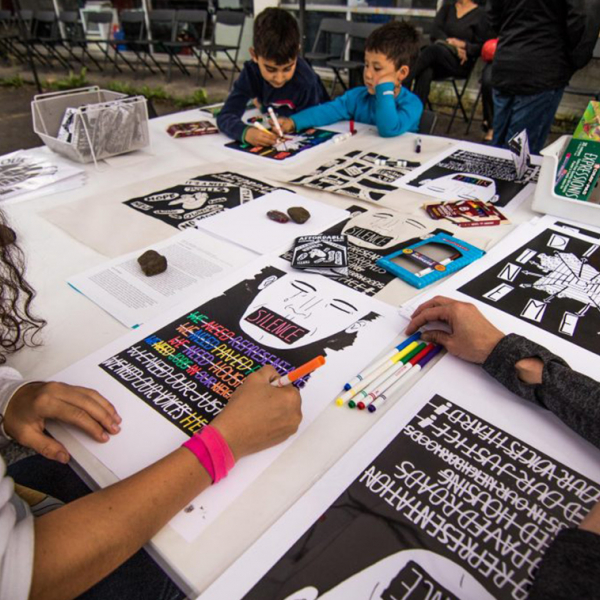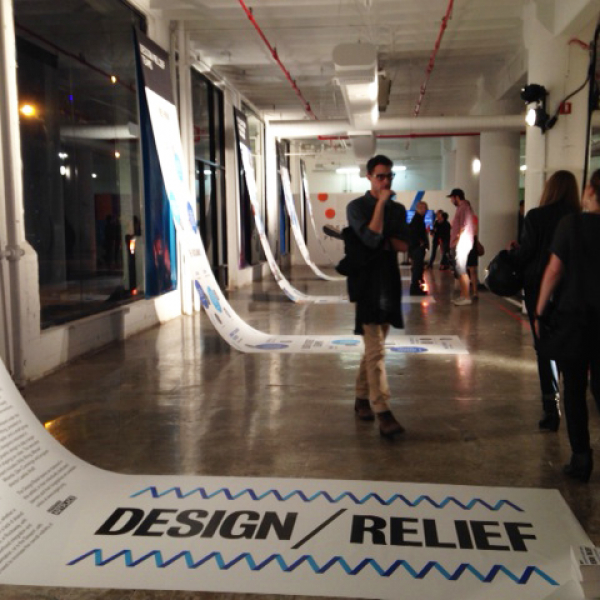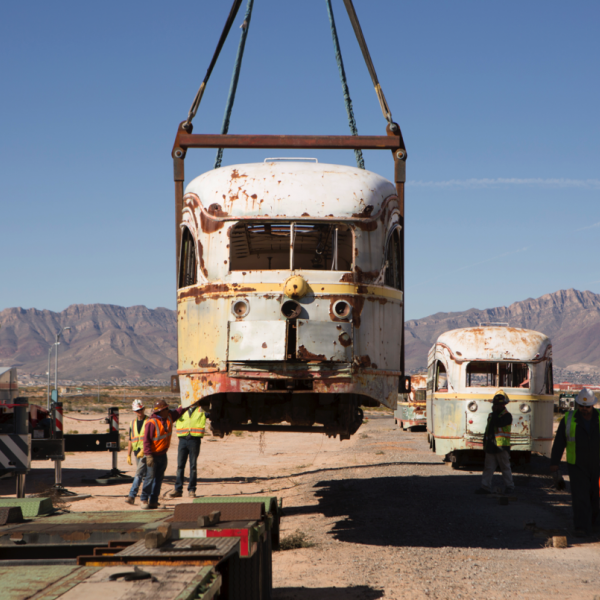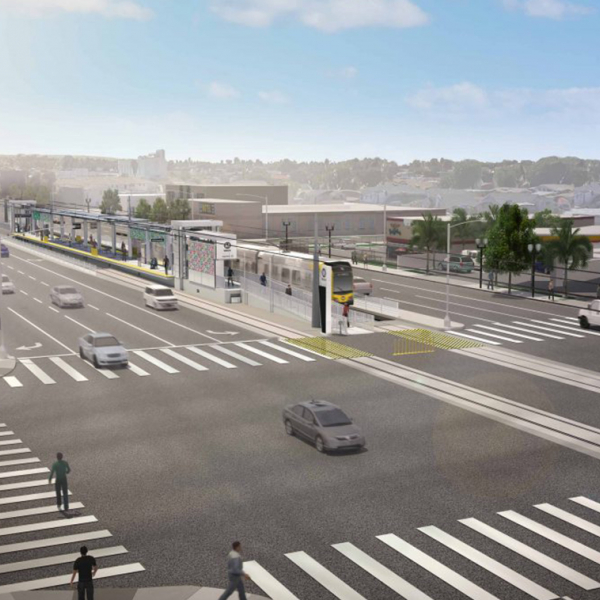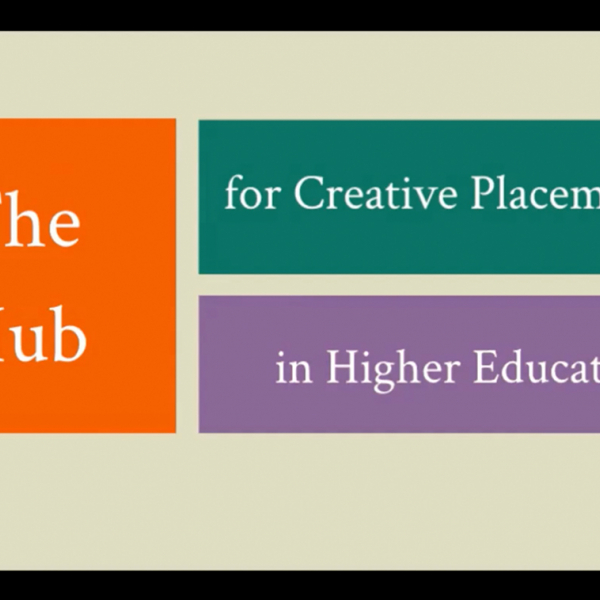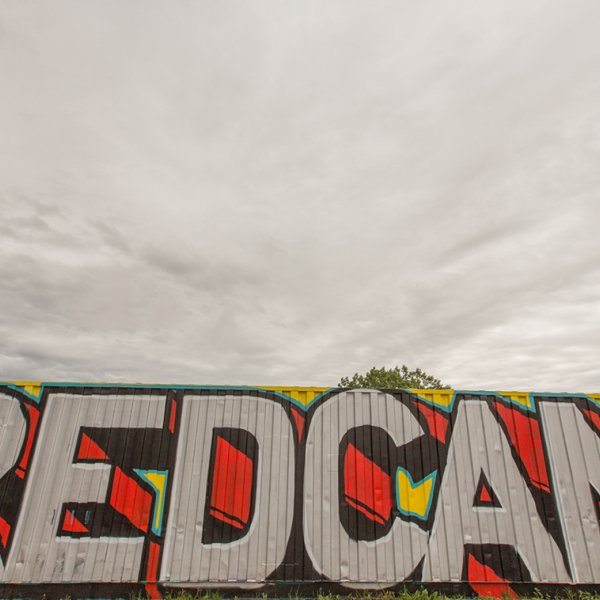In May 2017, the Boston Chinatown Neighborhood Center finally achieved its goal of creating a communal arts center in the heart of Boston’s historic Chinatown neighborhood. The Pao Arts Center (one of ArtPlace’s 2016 funded projects) officially opened to the public on May 6, with plans to incorporate a wide range of programming and educational initiatives in partnership with other community organizations like Bunker Hill Community College.
04.10.17
Much has been written about the value of creative placemaking and the absolute necessity to work collectively with the whole community including residents, artists and arts organizations, businesses, elected officials, and, of course, funders. An essential step in realizing your creative placemaking vision is having accurate data that lets you know who and what already exists in your community, and all the better if that data can be visually depicted.
27.09.17
In looking at who does community planning and development in America’s communities, we have found that our colleagues are generally organized into ten sectors: Agriculture & Food, Economic Development, Education & Youth, Environment & Energy, Housing, Immigration, Public Safety, Transportation, and Workforce Development. As a core part of our research agenda, we are exploring how arts and cultural practitioners are and might become partners in helping to achieve each of these sector’s goals
20.09.17
For decades, arts leaders have been wringing their hands about graying audiences. But has the challenge of attracting younger audiences caused us to overlook the incredible potential of older adults and the ways the arts can engage them? Have we assumed that older adults can’t or won’t learn new things, try new art forms, or learn to create? Have we been looking through an outdated, ageist lens? It’s time to consider the benefits of investing in arts learning by those 55 and better. “ The Wall ,” a powerful, brief animated video, will open your eyes to the ways that learning, making and sharing the arts can profoundly transform the experience of aging.
15.09.17
When roughly 14 miles of a bus rapid transit line was proposed along Division Street in East Portland, the effort was greeted with interest in an often-neglected area of the city, but also concern about the possibilities of displacement and development poorly engaged with the unique local culture. To address those concerns, community members throughout the Jade and Division Midway districts were engaged through arts and culture projects to recalibrate the plan to better serve community needs.
12.09.17
Our hearts go out to all those affected by Harvey and Irma. It’s hard to comprehend the devastation, especially to poor and underserved communities who feel the full force of not only the weather, but disproportionately, the aftermath. After physical and material safety has been reestablished, there is still much more work to do. Designers can be key players in this work. Laetitia Wolff, AIGA/NY Director of strategic initiatives said "In time of natural disasters, designers have very different yet critical roles to play. Whether they are called for emergency first responses, relief periods or longer-term recovery planning, their communications skills are key in (re)building communities and shaping our sense of place."
11.09.17
What began as a sort of arts-driven guerilla marketing campaign for the fictional return of a historic streetcar in the border communities of El Paso, TX and Ciudad Juárez, Mexico, is becoming a reality, a demonstration of the power of art to capture the imagination of a community and help them look at old problems in different ways and imagine creative solutions. Unlike San Diego, CA and Tijuana, Mexico, which are separated by 20 miles, El Paso, TX and Ciudad Juárez, Mexico sit immediately adjacent to one another, separated only by the width of the Rio Grande River and the international border between the United States and Mexico.
06.09.17
Our partners T4A have chosen 3 communities out of 130 applications who propose to apply artistic and cultural practice to shape transportation investments — positively transforming these places, building social capital, supporting local businesses, and celebrating communities’ unique characteristics. Look out for the transportation field scan – done in conjunction with T4A coming soon. Ben Stone, T4America’s director of Arts and Culture said “I’m encouraged by the level of sophistication with which transportation professionals and artists across the country are proposing to collaborate, and I’m thrilled to work with Dothan, Los Angeles, and Indianapolis over the next year.”
26.08.17
We are excited to share a new resource for creative placemaking with you: The Hub for Creative Placemaking in Higher Ed! What is The Hub? The Hub is a new online resource for creative placemaking, with a focus on how higher education institutions can learn from and engage with current creative practitioners and funders. The Hub hopes to foster conversation and promote collaboration between campuses and their surrounding communities around how the arts can build a sense of place.
25.08.17
RedCan is a ‘graffiti jam’ spearheaded by the Cheyenne River Youth Project (CRYP) a local, grassroots nonprofit with a mission to provide indigenous youth “access to a vibrant and secure future”. RedCan is also the proving ground for the latest experiment in creative placemaking, a burgeoning discipline examining how arts and culture can help achieve community outcomes, especially when artists are embedded in the planning process. Our roving reporter Justin visited RedCan. We are one of three organizations—along with the National Endowment for the Arts (NEA) and the Local Initiatives Support Corporation (LISC)—who have provided CRYP with placemaking grants.






